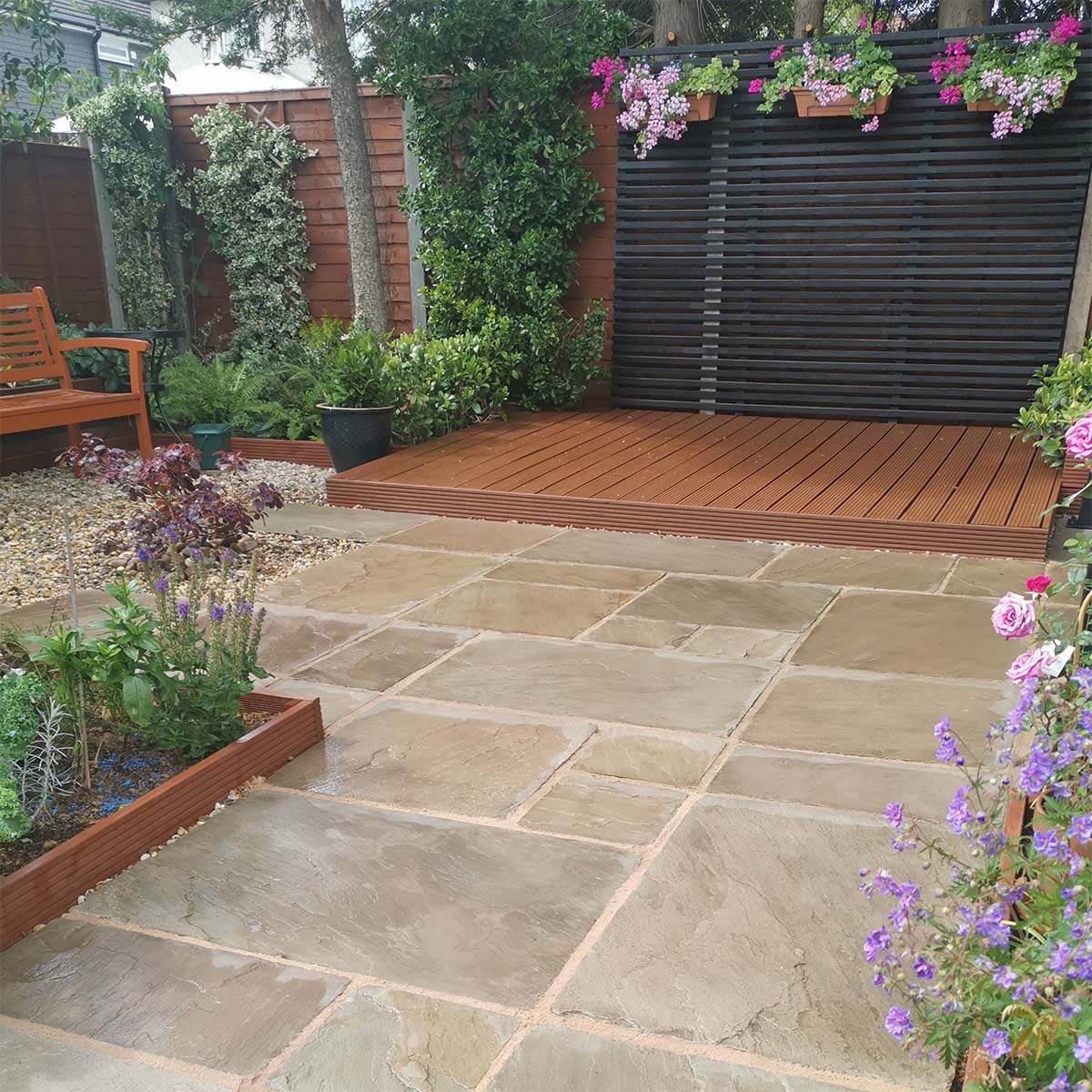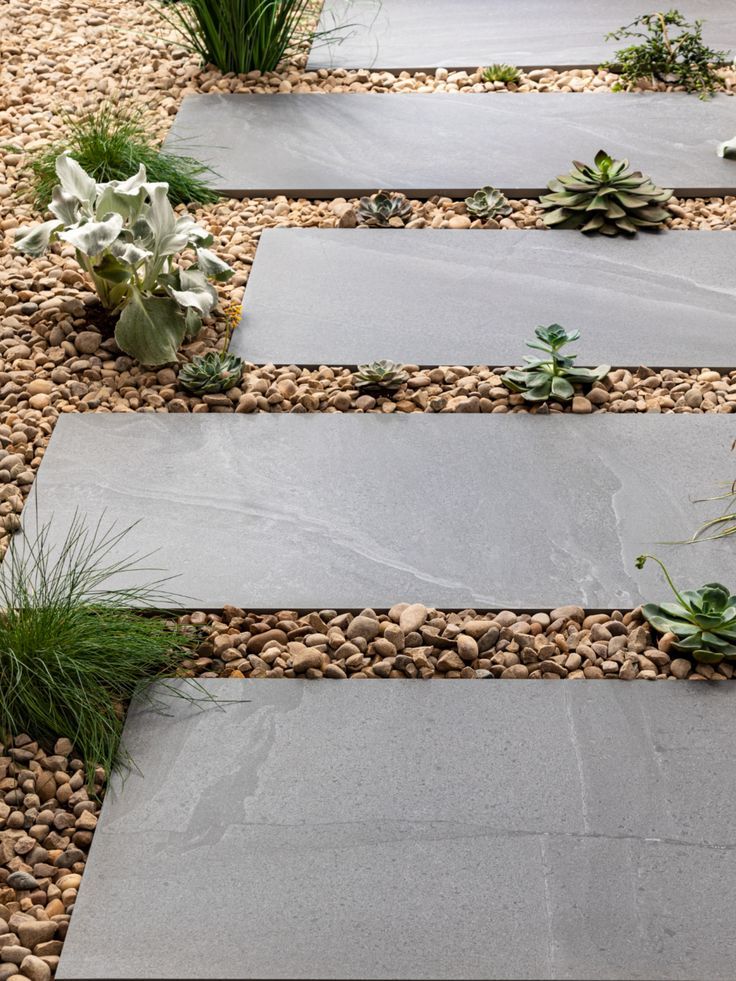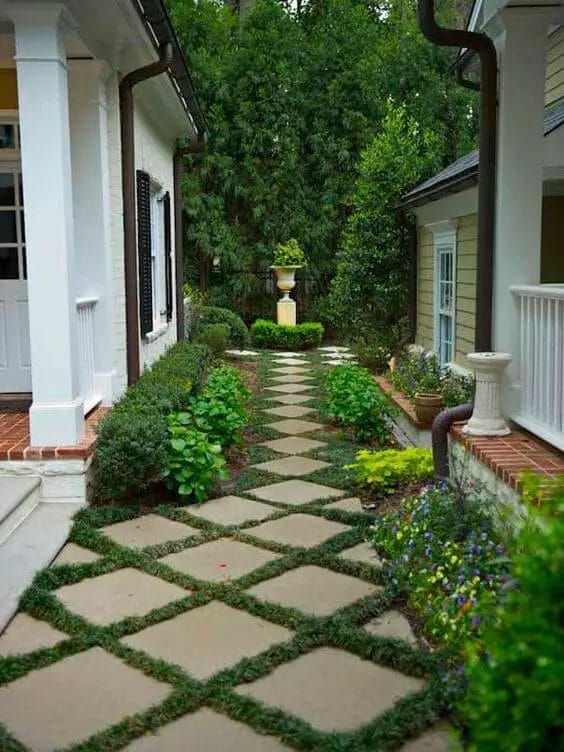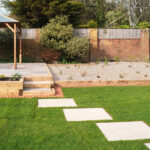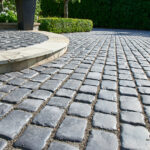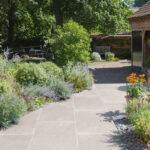Garden paving is an essential element in any outdoor space, providing both functionality and aesthetic appeal. Whether you are looking to create a path through your garden, a patio for entertaining guests, or a seating area to relax in, choosing the right paving material is crucial. There are a wide variety of options available, each with their own unique benefits and characteristics.
One popular choice for garden paving is natural stone, such as granite, limestone, or sandstone. Natural stone is durable, long-lasting, and adds a touch of elegance to any outdoor space. It is also available in a wide range of colors and textures, allowing you to create a truly customized look for your garden. However, natural stone can be more expensive than other options and may require more maintenance over time.
Another popular option for garden paving is concrete. Concrete is a versatile and cost-effective choice that is available in a wide range of colors, sizes, and finishes. It is also highly durable and low-maintenance, making it a practical choice for busy homeowners. Concrete paving can be stamped or stained to create a unique and decorative look that complements your garden design.
For a more rustic and traditional look, brick paving is a timeless choice for garden paths and patios. Bricks are durable, easy to install, and add a classic charm to any outdoor space. They are also available in a variety of colors and patterns, allowing you to create a custom design that suits your personal style. Brick paving does require regular maintenance, as over time the bricks may become loose or uneven.
If you are looking for an eco-friendly option for your garden paving, consider using recycled materials such as crushed glass or rubber pavers. These materials are sustainable and cost-effective, making them an environmentally conscious choice for your outdoor space. Recycled materials are available in a variety of colors and patterns, allowing you to create a unique and modern look for your garden.
No matter what type of garden paving material you choose, it is important to properly prepare the area before installation. This may involve excavating the ground, leveling the surface, and installing a base layer of gravel or sand. Proper installation will ensure that your garden paving is stable, level, and long-lasting. With the right material and proper installation, your garden paving can enhance the beauty and functionality of your outdoor space for years to come.
